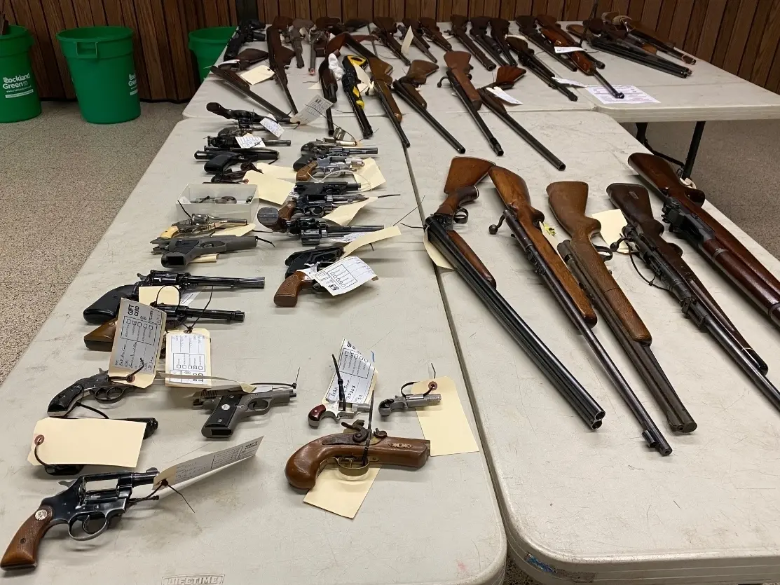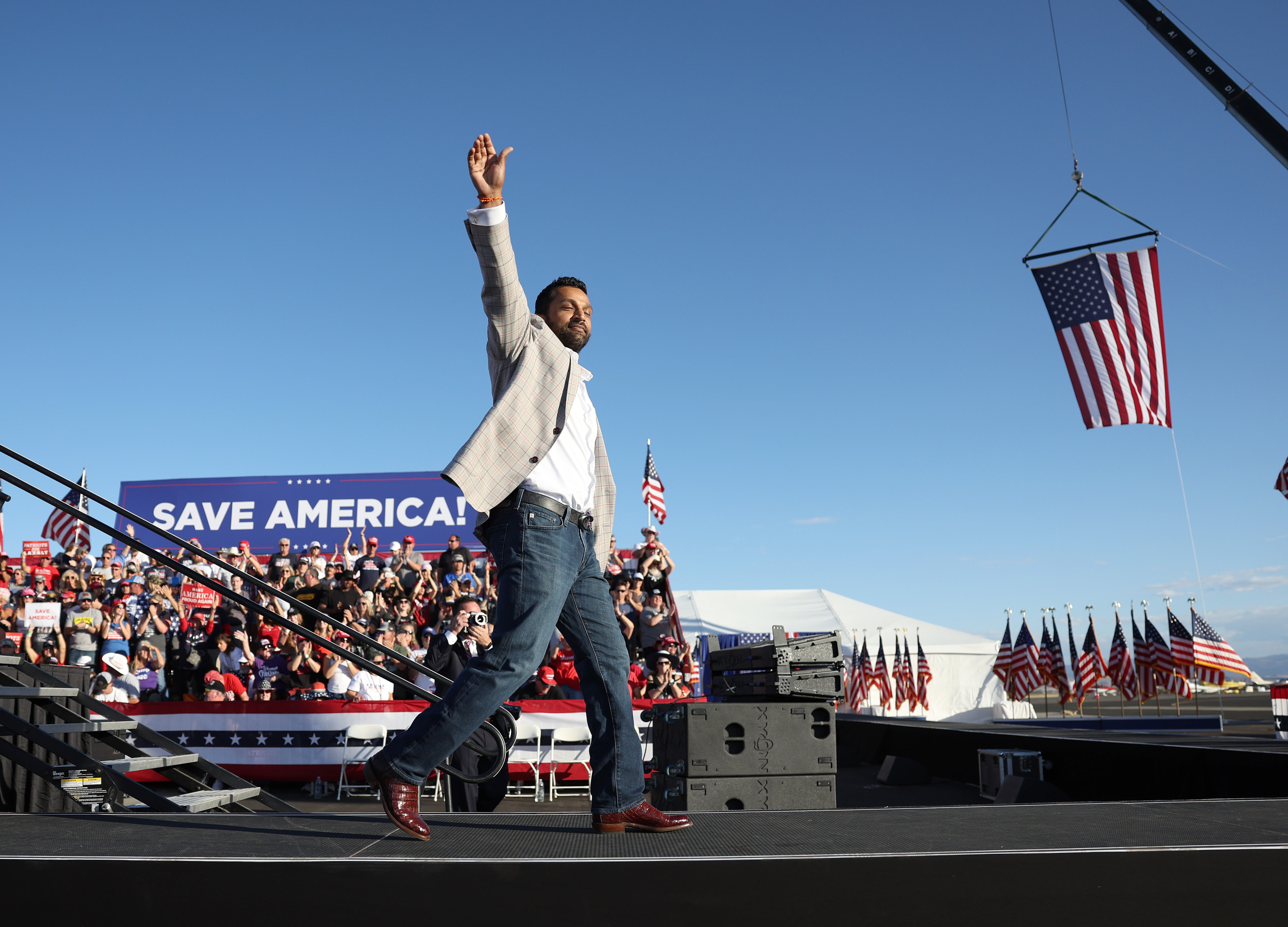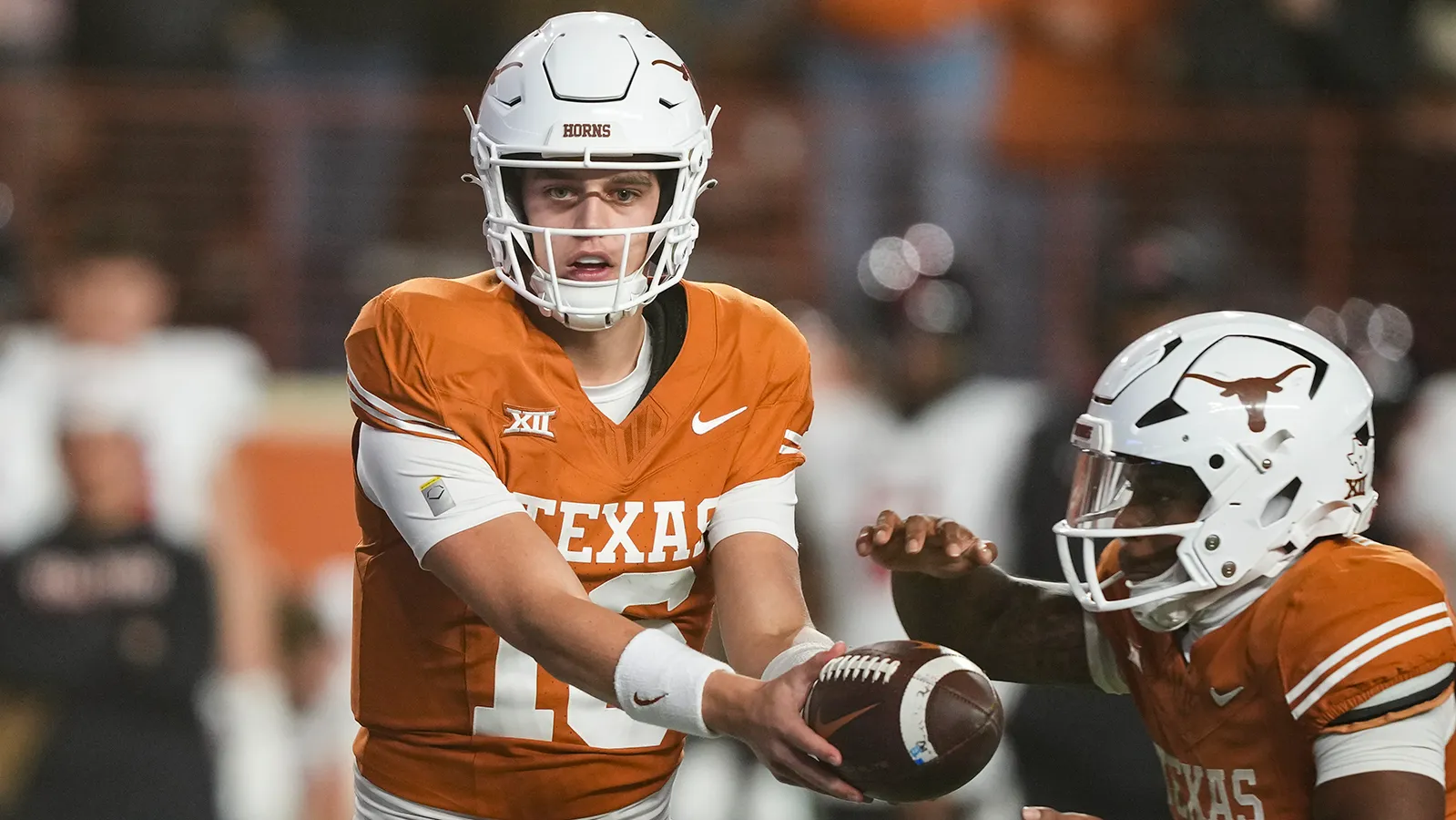Los Angeles County Supervisor Janice Hahn recently celebrated the results of her 13th gun-buyback program, held in a Torrance parking lot. The initiative, using over $20,000 in taxpayer-funded gift cards, collected 256 firearms, many of which were old, rusty, or inoperable.
Hahn expressed optimism about the program’s success, stating:
“Today in closets and bedrooms across L.A. County, there are 2,000 fewer guns that can be found by a child, accidentally discharged, or stolen and used to kill in a crime. That makes all of the work we’ve done to bring these buybacks to our residents worth it.”
However, critics argue that such programs are little more than symbolic gestures. Evidence suggests they have no measurable effect on gun violence or public safety, raising concerns about their efficacy and use of taxpayer money.
Since early 2022, Hahn’s buyback programs have cost taxpayers hundreds of thousands of dollars and brought in 2,052 guns. Yet, according to a study by the National Bureau of Economic Research (NBER), these efforts are ineffective in reducing gun violence or suicides.
The 2022 NBER report found:
“Using data from the National Incident Based Reporting System, we find no evidence that GBPs [gun-buyback programs] reduce gun crime…. Using data from the National Vital Statistics System, we also find no evidence that GBPs reduce suicides or homicides where a firearm was involved.”
In fact, Los Angeles County alone is estimated to have over two million privately owned firearms, with California’s statewide total around 20 million. Hahn’s programs have removed just 0.001% of these firearms—a negligible figure in the broader context.
Despite mounting evidence against their effectiveness, Hahn and others continue to advocate for buyback programs. She claimed:
“Time and time again, these buybacks have shown that many people have these dangerous weapons they no longer want in their homes but have never had an easy, convenient way to get rid of them. This is that opportunity.”
However, research from RAND further dismantles this belief. Their findings highlight that gun-buyback programs often fail to target high-risk individuals or firearms, which are more likely to contribute to violent crime.
Alarmingly, some studies suggest that gun-buyback programs might inadvertently lead to a temporary increase in gun-related crimes. The NBER study observed:
“We find some evidence of a small, short-run increase in gun crime in the two months following a GBP.… Some criminals may be emboldened by the perception that victims will be less likely to defend themselves with deadly physical force.”
This unintended consequence further questions the rationale behind such programs.
If gun buybacks fail to reduce crime or improve safety, why do they continue? A 2013 study on Buffalo, New York’s gun-buyback program sheds light on the issue. The researchers noted:
“Police agencies may use gun-buyback programs not with the expectation of reducing violent crime, but to satisfy the public’s expectations. When serious crime problems occur, mayors and police chiefs are under pressure from their constituents to ‘do something dramatic and effective’ about the violence.”
Hahn’s programs appear to align with this explanation. While there’s no evidence of tangible benefits, the initiatives provide a visible response to concerns about gun violence, generating headlines and public approval.
With $20,000 spent on the most recent event, Hahn exchanged taxpayer dollars for weapons largely described as nonfunctional or obsolete. Critics argue that these funds could be better spent on proven crime-reduction strategies or community programs addressing the root causes of violence.
Journalist Steve Scauzillo of the Press Telegram questioned the impact of such efforts, writing:
“So is removing 2,052 guns from homes, out of a total of about 20 million guns in the state, going to make a difference? Will these gun-buyback events slow the rates of suicides, accidental shootings, or gun violence in L.A. County?”
Studies consistently answer “no” to such questions. The empirical data shows that gun-buyback programs, while well-intentioned, fall short of delivering meaningful results.
As Los Angeles and other cities grapple with rising gun violence, policymakers face increasing pressure to demonstrate results. While gun buybacks generate positive publicity, they divert attention and resources from more effective measures.
Instead of symbolic gestures, experts advocate for comprehensive strategies that address crime prevention, mental health, and socioeconomic inequalities—factors that contribute to gun violence far more than the presence of firearms alone.
Ultimately, the continued reliance on gun-buyback programs risks perpetuating a cycle of ineffective spending and public disillusionment, leaving the real issues unaddressed. For communities looking for meaningful change, it may be time to rethink the value of these initiatives.



